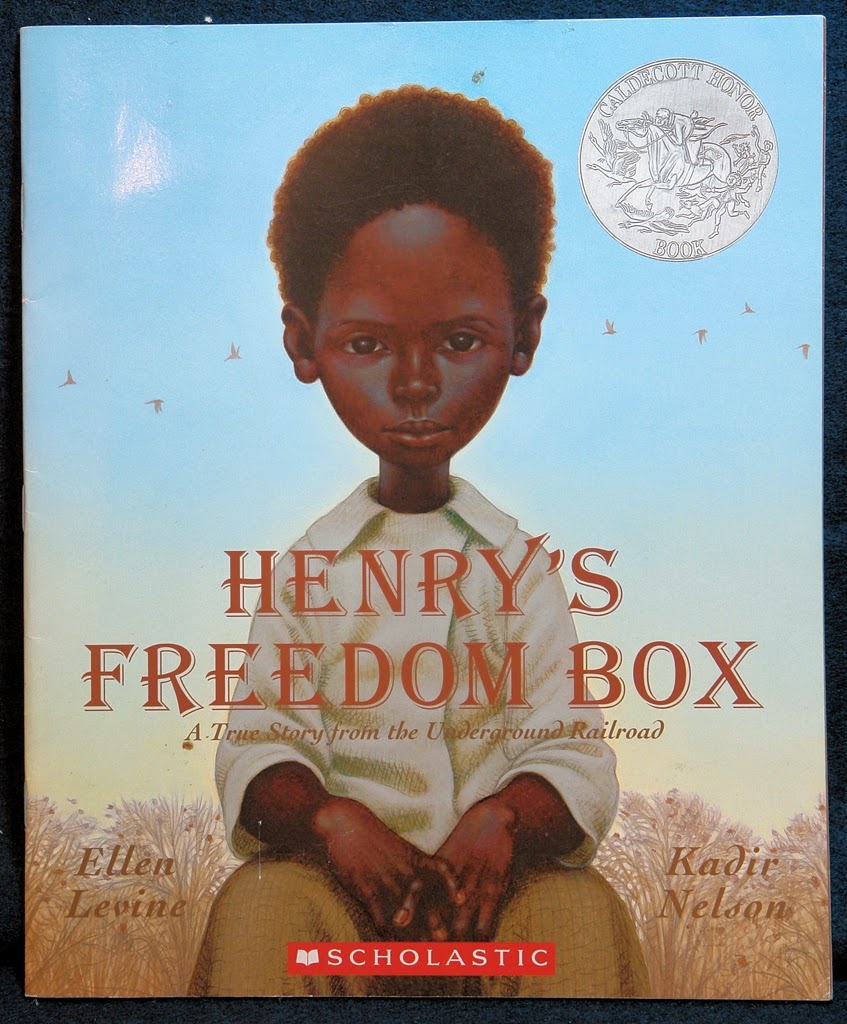 Matilda, written by famous children's author Roald Dahl, is a wonderfully humorous story about it's main character Matilda. This Fantasy genre book is filled with magical, unexplainable phenomenons that let the reader enter a seemingly normal world where anything is possible. Matilda is a young, super intelligent, and book smart little girl growing up in a house of dim-witted family members who only like watching television all day or trying to deceitfully outwit everyone around them. However, through this book's text and it's playful yet visceral illustrations it weaves the dark with the light and the real with the unreal perfectly. Matilda's ability to move things with her mind and absorb enormous amounts of knowledge at such a young age might seem more in the vein of Science Fiction, however, the outlandish acts of Ms. Trunchbull swinging a girl by her braids and catapulting her across the playground unscathed keeps this book firmly in the Fantasy genre where it rightly belongs. This book is great for classroom use for grades 4-12.
Matilda, written by famous children's author Roald Dahl, is a wonderfully humorous story about it's main character Matilda. This Fantasy genre book is filled with magical, unexplainable phenomenons that let the reader enter a seemingly normal world where anything is possible. Matilda is a young, super intelligent, and book smart little girl growing up in a house of dim-witted family members who only like watching television all day or trying to deceitfully outwit everyone around them. However, through this book's text and it's playful yet visceral illustrations it weaves the dark with the light and the real with the unreal perfectly. Matilda's ability to move things with her mind and absorb enormous amounts of knowledge at such a young age might seem more in the vein of Science Fiction, however, the outlandish acts of Ms. Trunchbull swinging a girl by her braids and catapulting her across the playground unscathed keeps this book firmly in the Fantasy genre where it rightly belongs. This book is great for classroom use for grades 4-12.
Move Adaptation Trailer
- Have you ever felt different from others around you?
- What do you think makes you unique or special?
- Is Ms. Trunchbull a villain or a hero and why?
- Is Ms. Honey a villain or a hero and why?
- What is the theme of this book?
- What would you do if you were Matilda?
- What is the conflict in this story?
- How is the conflict finally resolved?
Motivational Activity:
Students will broken into two groups, one group Honey and one group Trunchbull. Each group will take notes on their respective character about traits, physical descriptions, ect. Then the two groups will present their findings but adding their research to a big Venn Diagram at the front of the class. The traits that they have different will go into their own oval, however, any that they might share (e.g. works at the school) are to be placed in the overlapping section of the diagram. Students will then work independently on a writing assignment where they explain which character that they find the most interesting based on details contained in the Venn Diagram or textual details they have read on their own.
If you like this Fantasy Book, here are some other titles you might enjoy:
*James and the Giant Peach (1961) : Grades 3-7
*Charlotte's Web (1952) : Grades 3-6
Resource:
Dahl, R. (1988). Matilda. New York, NY: Penguin






.jpg)








